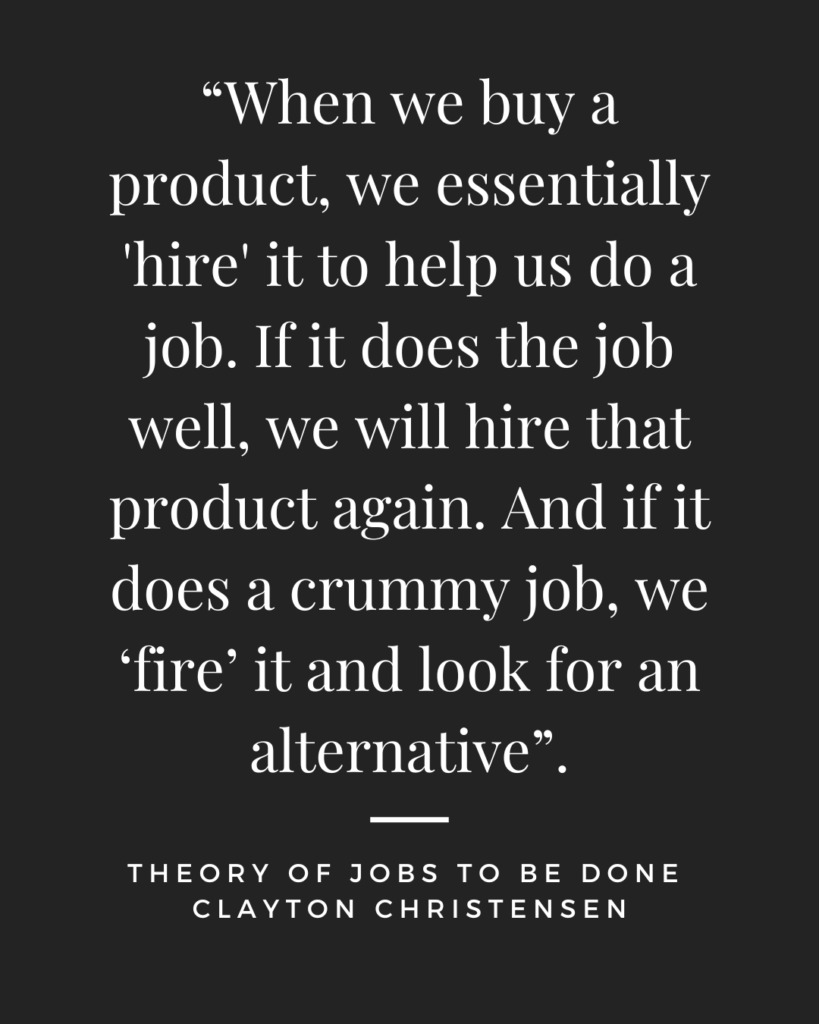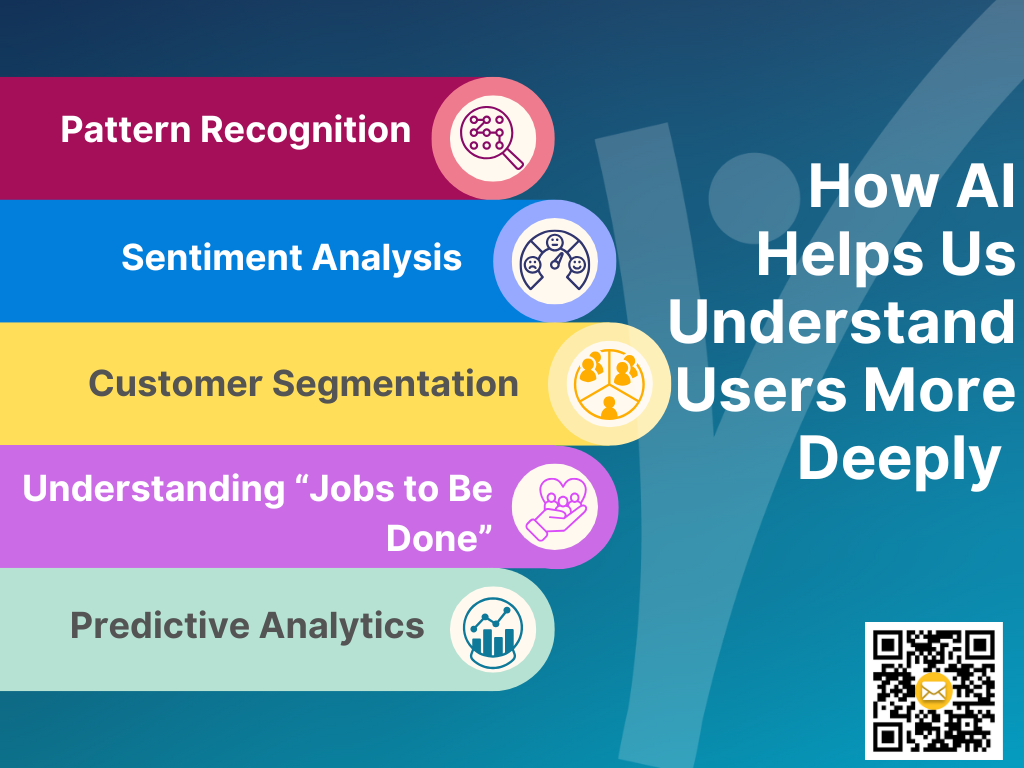“The customer is always right.”
Sure — but only if you know what they actually want. And let’s be honest, most of the time, we’re guessing.
You’ve been there. A shiny new feature is shipped. You’ve debated it in meetings, prioritised as ‘Must Have’, added great-looking acceptance criteria, polished the UI, and tested the edge cases. It goes live… and then? Minimal adoption. A few puzzled support tickets. And someone quietly mutters, “Did we ever really know if users needed this?”
Over the past few years, I’ve worked with countless product teams, stakeholders, and organisations. And I’ve seen a pattern: roughly 30–40% of the so-called “High Priority” or “Must Have” features ended up rarely used or never touched at all.
Unfortunately, it’s not just anecdotal. The data backs it up:
- According to the Standish Group (as cited by Mike Cohn), 64% of product features are rarely or never used.
- A benchmark study by Pendo found that 80% of features in SaaS products go largely untouched, with just 12% driving most of the daily usage.
That’s not just a feature bloat issue — it’s a user understanding problem.
And this is exactly where AI can help — not by replacing our product instincts, but by amplifying our ability to understand what users actually want, need, and struggle with, before we overinvest in building things they never asked for.
🎯 Why Understanding Users is So Tricky
People are complex. We bring context, emotion, and contradiction into every interaction. Traditional research methods — interviews, surveys, usability tests — are invaluable, but they’re also subject to bias (both ours and theirs).
And let’s not forget: we often have more data than we know what to do with. Buried somewhere in those clickstreams and chat logs are answers — but good luck finding them without an army of analysts.
AI doesn’t replace the human touch, but it does give us a smarter magnifying glass.
🔍 So, How Can AI Help?
Let’s break it down, using plain English and real-world product scenarios.
1. Pattern Recognition
Imagine your product is a fitness app. You notice a drop-off in usage after Day 3 of a 7-day beginner challenge. You could spend weeks manually digging into session data to find out why… or you could let AI surface patterns.
AI excels at finding repeatable behaviours across thousands (or millions) of sessions. It might spot that users abandon the app after a particular workout, or when a push notification goes unanswered. It highlights what’s really happening, not just what users say is happening.
Think of it as your team’s superpower for user behaviour — like heatmaps on steroids.
2. Sentiment Analysis: Reading Between the (Chat) Lines
Say you’ve just launched a new onboarding flow. You get a flood of feedback — app store reviews, support chats, and survey responses. It’s too much to process manually, and you’re not sure what tone it all carries.
This is where sentiment analysis steps in. AI tools can scan thousands of comments and detect emotion: frustration, satisfaction, and confusion. It clusters themes too, so you see why people are upset (“confusing signup form”) or happy (“easy to use”).
Now, you’re not just looking at star ratings. You’re listening to the emotional pulse of your users at scale.
3. Customer Segmentation: More Than Just Personas
Personas are great — but let’s admit it, they’re often static. “Busy Brenda” might not actually behave like the rest of her cohort.
AI can complement these Personas or Proto-Personas by segmenting users based on actual behaviour. For example:
- Power users who log in every day.
- Quiet lurkers who only open the app once a week.
- High-intent users who hover over pricing pages but never convert.
These segments help you personalise experiences, prioritise features, and target communications with laser focus.
In short: less guesswork, more relevance.
4. Understanding Jobs to Be Done: From Interviews to AI Insights

We’ve all heard it: “People don’t want a drill, they want a hole in the wall.”
That’s the essence of Jobs To Be Done (JTBD) — users don’t buy products for their features, they “hire” them to get something done in their lives. But uncovering those jobs isn’t always straightforward.
Traditionally, JTBD requires deep qualitative research — interviews, ethnographic studies, sticky-note chaos. But guess what? AI can help scale and sharpen this process, too.
Here’s how:
When you feed AI large volumes of qualitative data — user interviews, open-text survey answers, support tickets — it can:
- Cluster intent-based themes (e.g. “learn quickly,” “save time,” “avoid rework”).
- Spot recurring trigger moments (e.g. “after a missed deadline,” “when onboarding a new team member”).
- Highlight language of struggle, a goldmine in JTBD (e.g. “I was trying to… but I couldn’t…”).
It’s like having an assistant who combs through 500 interviews and gives you the top 5 reasons users “hire” your product.
5. Predictive Analytics
What if you could spot churn before it happens?
AI can analyse behavioural data to flag users who are likely to drop off — maybe they’ve stopped engaging with a core feature or hit friction repeatedly. It can also suggest the “next best action” — like nudging them with a tip or offering a tailored plan.
It’s like giving your customer success team a time machine.
And it’s not just churn. Predictive models can estimate:
- Which feature a user is likely to try next.
- When they’ll hit an upgrade paywall.
- Which cohort is most likely to convert after a free trial.

⚖️ A Quick Word on Ethics
With great power comes great… creepiness. Just because AI can track everything, doesn’t mean it should. We need to be intentional — respecting user privacy, avoiding algorithmic bias, and staying transparent about how data is used.
AI should be a trusted co-pilot, not a black box.
🛠️ Getting Started — Without Hiring a Data Scientist Army
You don’t need to build everything from scratch. Here are a few ways to dip your toes in:
- Use LLMs like ChatGPT to summarise interviews, crunch data and extract key “job” themes or generate customer segments.
- Try Hotjar or Smartlook to get AI-powered insights from session recordings.
- Look into Mixpanel, Amplitude, or Heap — most now offer AI-assisted analysis.
- Run surveys through AI tools that auto-cluster open-ended responses.
🧩 Bottom Line?
AI won’t replace your product sense — but it will help you spot themes faster, validate hypotheses with behavioural data, and connect the dots between what people do and what they’re trying to achieve.
But remember: AI is only as good as the questions you ask and the context you provide. It’s not magic — it’s a multiplier.
So your product team stops guessing — and starts building the features and products they actually need.

